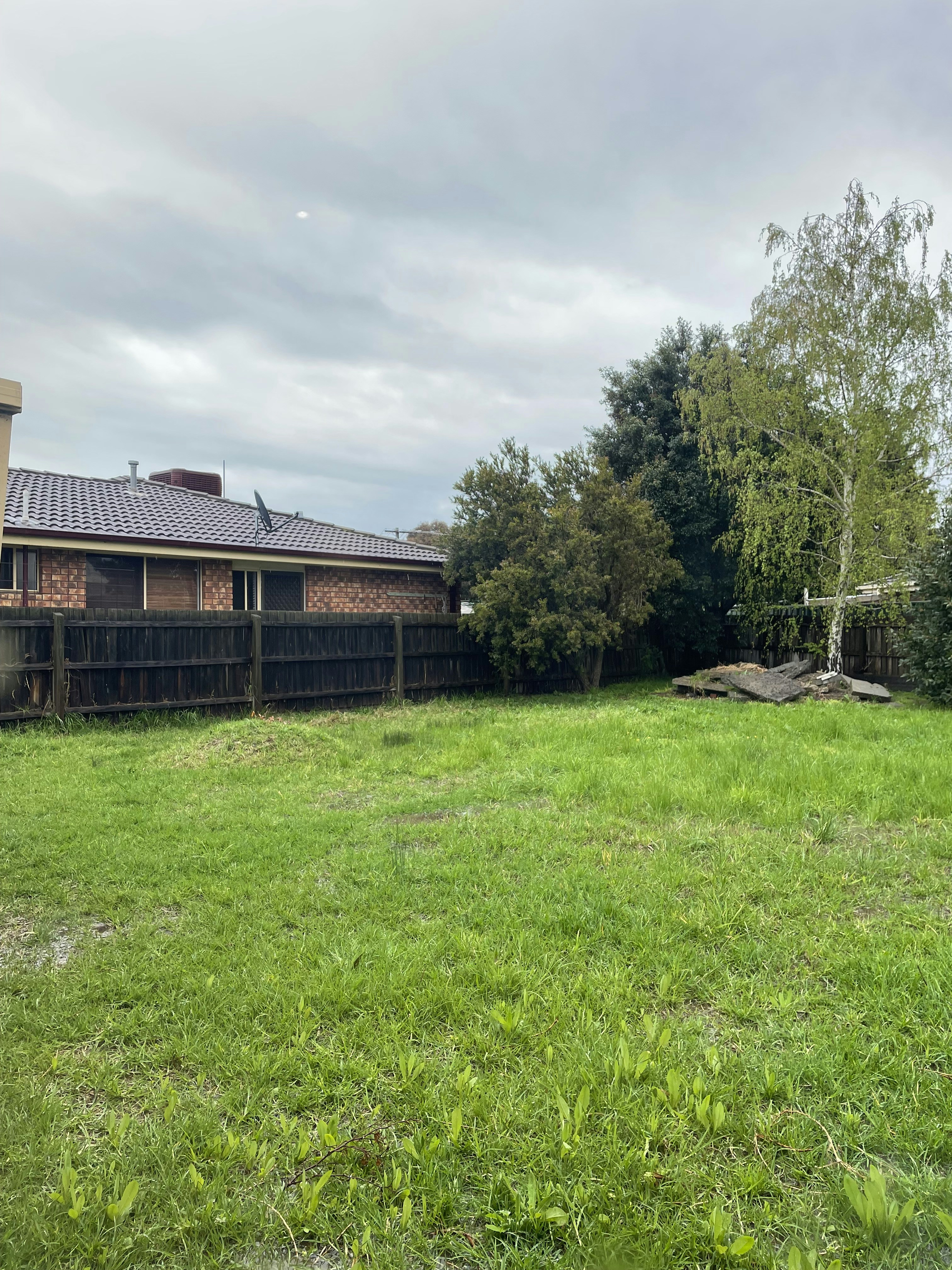The Origins of Lawn Competition
The origins of lawn competition can be traced back to the post-World War II era when a significant housing boom transformed the American landscape, including that of Indiana. As military personnel returned home, there was a pressing demand for affordable housing, which led to the rapid development of suburban neighborhoods. These newly established communities emphasized the ideals of homeownership and the American Dream, ultimately fostering a culture where manicured lawns became a symbol of status and pride.
The concept of a well-maintained lawn began to gain traction during this time, driven by suburban planning principles that prioritized aesthetics, uniformity, and green spaces. Planners envisioned neighborhoods framed by lush lawns, which not only enhanced the overall appeal of the area but also established an expected standard. This expectation was further solidified through social norms that equated a pristine lawn with responsible homeownership and upward mobility.
Furthermore, technological advancements in lawn care played a pivotal role in the rise of lawn wars. The introduction of modern lawn care equipment, such as motorized mowers and sophisticated irrigation systems, made it easier for homeowners to maintain their yards. These innovations contributed to a sense of competition, as neighbors began comparing the health and appearance of their lawns. The development of specialized fertilizers and pest control options also revolutionized lawn maintenance, making lush, green lawns more accessible and desirable.
This period also saw the advent of gardening clubs and local competitions aimed at recognizing exceptional lawns. These events heightened awareness of lawn aesthetics and fueled community rivalry. The convergence of societal expectations, urban planning, and technological innovation ultimately laid the groundwork for the lawn competition phenomena, marking the inception of what would become known as the “lawn wars” in Indiana.
The Psychology Behind Lawn Wars
The phenomenon of lawn wars among suburban residents, particularly in Indiana, can be deeply rooted in psychological factors that extend far beyond mere aesthetic appeal. One key aspect driving this competition is the desire for social status. In many communities, a well-maintained lawn is often perceived as a reflection of personal pride and financial success. Homeowners may feel that their lawn is an extension of their identity, linking their self-worth to its appearance. This social comparison can fuel a relentless cycle of competition, as individuals strive to outdo one another in creating the most verdant, manicured yard.
Neighborhood pride plays a significant role in these lawn wars. Many residents see their lawns as symbols of the community itself, creating a collective identity among homeowners. A pristine lawn can represent not only individual effort but also community standards and values. Interviews with residents reveal that many consider their landscaping choices a contribution to neighborhood aesthetics. This collective attitude can foster bonds among neighbors, yet may also incite rivalry when competition intensifies. While a shared commitment to maintain well-kept lawns can enhance community spirit, it may simultaneously deepen divisions among residents who feel pressure to conform to these unwritten standards.
The psychological impact of comparison cannot be understated. Homeowners often experience stress and anxiety fueled by the desire to keep up with their neighbors’ lawns. Such pressure can lead to significant financial expenditure on lawn care supplies and maintenance services. Despite the physical and emotional toll, many residents passionately pursue the ideal lawn, believing that it enhances their standing within the neighborhood. As competition escalates, it can affect relationships among neighbors, leading to both camaraderie and conflict, illustrating the complex dynamics at play in suburban lawn care. Understanding these psychological factors offers valuable insights into the motivations behind lawn wars and their broader implications for community interactions.
Lawn Care Strategies and Innovations
The pursuit of the perfect lawn has become a defining characteristic of suburban life in Indiana, and homeowners have adopted a variety of strategies and innovations to achieve this ideal. Central to effective lawn care is the understanding of soil health, grass types, and the local climate. Homeowners often conduct soil tests to determine pH levels and nutrient deficiencies, allowing them to tailor their fertilization methods accordingly. This helps to ensure that lawns receive the appropriate balance of nitrogen, phosphorus, and potassium, which are essential for robust growth.
In recent years, technological advancements have revolutionized lawn care, making it easier to maintain a lush green yard. Smart irrigation systems equipped with sensors can optimize water usage based on weather conditions and soil moisture levels, significantly reducing water waste. Homeowners can control these systems through smartphone applications, allowing for convenient scheduling and real-time monitoring. These innovations not only enhance lawn aesthetics but also promote sustainability, a growing concern among environmentally conscious homeowners.
Eco-friendly practices are on the rise, as many individuals shift toward organic fertilizers and pesticide alternatives, mindful of their impact on local ecosystems. Techniques such as grasscycling—the practice of leaving grass clippings on the lawn to decompose—contribute nutrients back to the soil while reducing waste. Additional strategies include the use of native plants and drought-resistant grass varieties that require less maintenance and water. Lawn care professionals emphasize the importance of aeration and overseeding to bolster lawn resilience, particularly in a competitive neighborhood setting.
These innovations and strategies reflect a commitment to achieving excellence in lawn care. By adopting a combination of the latest equipment and sustainable practices, homeowners can not only enhance their lawns but also set a benchmark within their communities. As the competition for neighborhood bragging rights continues, these advancements in lawn care will play an essential role in shaping suburban landscapes across Indiana.
The Consequences of Lawn Wars
The phenomenon of lawn wars in Indiana reflects a significant cultural rivalry among neighbors, which has numerous implications for the community. The relentless pursuit of maintaining the most immaculate lawn can lead to conflicts between neighbors, transforming friendly sociability into unwarranted competition. Disagreements may arise over property lines, the use of chemicals, or differing standards of what constitutes an acceptable lawn, leading to hostility and a deterioration of neighborhood relationships.
Furthermore, the pursuit of pristine lawns can exert pressure on local ecosystems. The widespread use of chemical fertilizers and pesticides not only presents health risks to residents and pets but also damages local flora and fauna, disrupting the natural balance. Excessive watering and reliance on monoculture grass species can deplete valuable water resources, contributing to broader environmental concerns like drought and habitat loss. This raises crucial questions about the sustainability of these lawn care practices and their alignment with community welfare.
Financially, maintaining a high-maintenance lawn can impose significant burdens on families, exacerbating disparities within the community. While some residents can afford professional landscaping services and extravagant lawn treatments, others may struggle to keep up with the escalating costs of lawn care. This divide often creates an unspoken hierarchy among residents, which can lead to feelings of inadequacy and exclusion for those unable to compete at the same level.
To promote a more inclusive and community-focused approach to lawn care, residents can consider alternatives such as xeriscaping, planting native species, or embracing natural gardening methods. These strategies may encourage collaboration among neighbors, shifting the focus from competition to shared values and community sustainability. Fostering dialogue around lawn care can help bridge divides and enhance the overall wellbeing of Indiana communities, reinforcing the idea that it is the shared experience and not the manicured lawn that truly enhances neighborhood ties.
If you’re interested in purchasing the item you seek, please click the link for additional details: #americanachoice.
https://amzn.to/3SBN3Oy
AFFILIATE DISCLOSURE: I am an affiliate for this company, I am not a paid employee.
I may receive a commission if you click a link on this page and choose to purchase something.
You can rest assured I will only share things I believe in and will be valuable to you.



